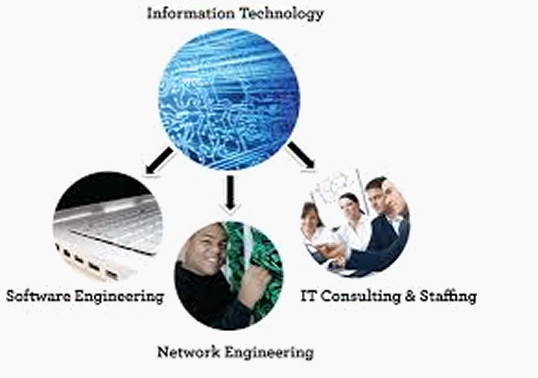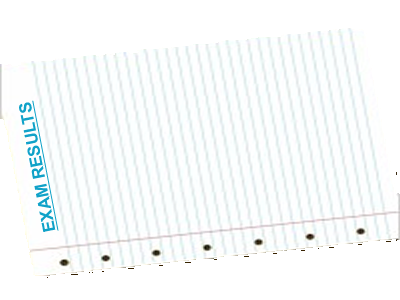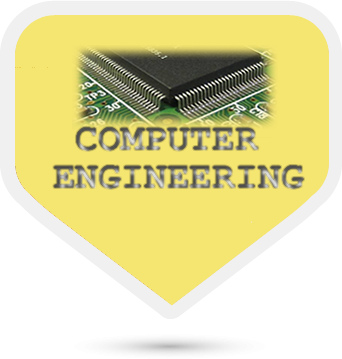Prev
Next
-
Venture into fun and Rewarding world of Android Development
With Android phones and tablets making their way into more and more pockets and bags, dipping a toe into Android coding is becoming more popular too. And it's a great platform to code for , and it's just fun to write something that you can run on your own phone/emulator. -
Career in Software Engineering
Hiring demand, high salaries and lesser known perks make software engineering the most enviable profession.
-
Examination
Exam Registration information Exam Series Registration Exam Deadline MAY - JUNE 10th Feb to 20th Mar 10th Feb to 11 Apr NOVEMBER-DECEMBER 5th Aug to 6th Oct 5th Aug to 17th Oct -
Information Communication Technology
IT jobs include computer programming, network administration, computer engineering, Web development, technical support, and many other related occupations. -
Examination Results
Registered pupils can login to the examination result section for exams units tested. -
Computer Engineering
Programme ensures that pupils advance in their career with the necessary skills and an understanding of every aspect of electronic-based technology and computer applications of engineering.
-
Engineering





